Photographers
Phillip Lorca diCorcia Elliot Erwitt
Sebastiao Salgado Roy Decarava
Diane Arbus Richard Avedon
Sally Mann Annie Lebovitz
Dorothea Lange Shirin Neshat
Barbara Kruger Laurie Simmons
Vivian Maier Josef Koudelka
Alex Webb Edward Burtynsky
Jamel Shabazz
Lee Freidlander
Mitch Epstein
Andreas Gursky
Aaron Siskind
Steve Mccurry
Helen Levitt
Winston O Link
Google the above photographers and find someone whose work you like. Not liking anyone is not an option. Submit a 500 word essay on the photographer of your choice
Essay should contain the following:
- Biographical background and general description of the type of photographer’s work When you google the photographer you will find more complete information in articles from the NY Times or info for galleries. Also you can go to galleries that represent the photographers to see more of their work
2. Why did you choose the photographer?
3. Choose a photo and use the following questions as a guide for your discussion of the chosen photo. This should be the major part of the essay
- What is the content and subject matter of the photo? Describe the photo.
- What strikes you about the photo?
- What do you relate to in the photo?
- What do you think the photographer is trying to show?
- What compositional elements are used to convey and emphasize the meaning of the photo? ie : framing, point of view, balance (symmetrical vs asymmetrical ), foreground/background relationships, scale and perspective, repetition of form, frame within the frame, lighting, tonal and color contrasts, use of line to move eye through image. (You don’t have to use all these but you should use some that apply.)
HINT: Do not cut and paste Wikipedia info. Any info should be in your own words.
The discussion of the photo should be at least 1/2 the essay
If possible attach image
Essay due last class at the latest
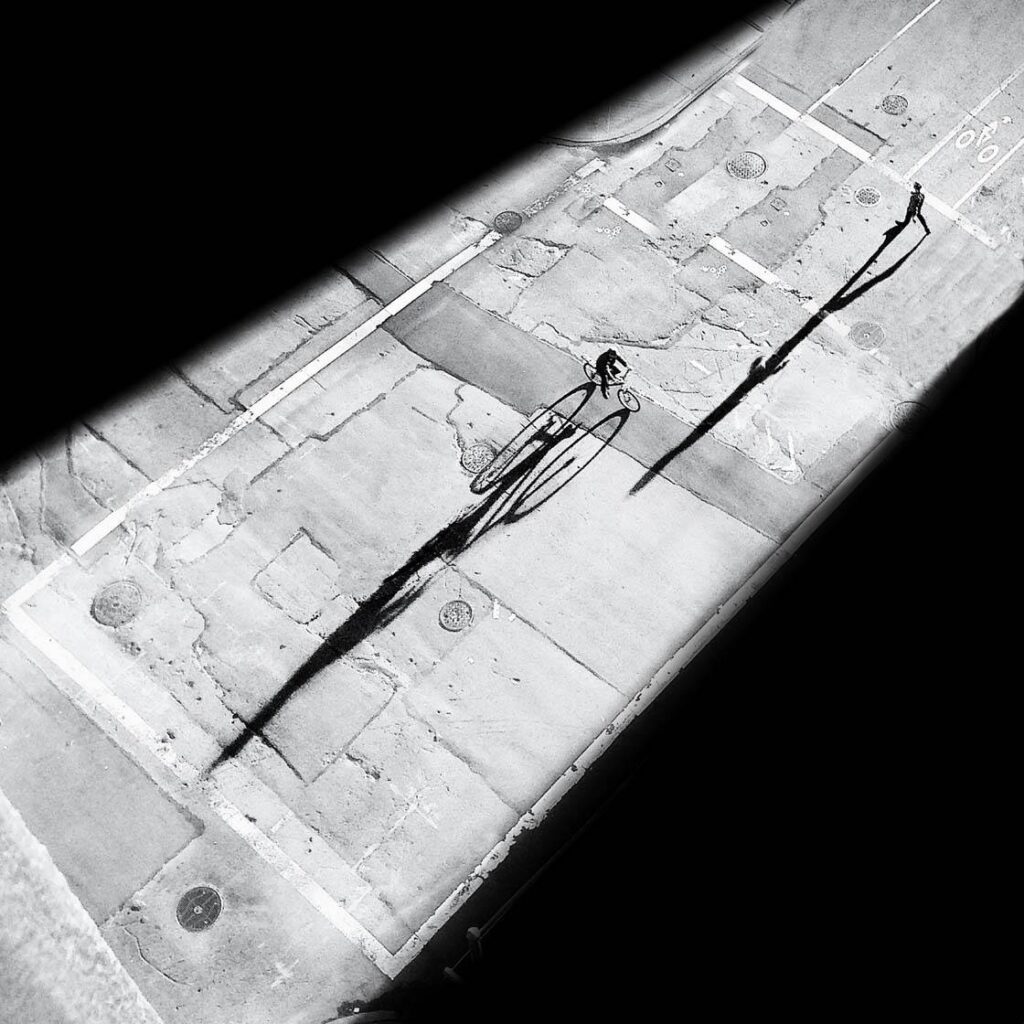
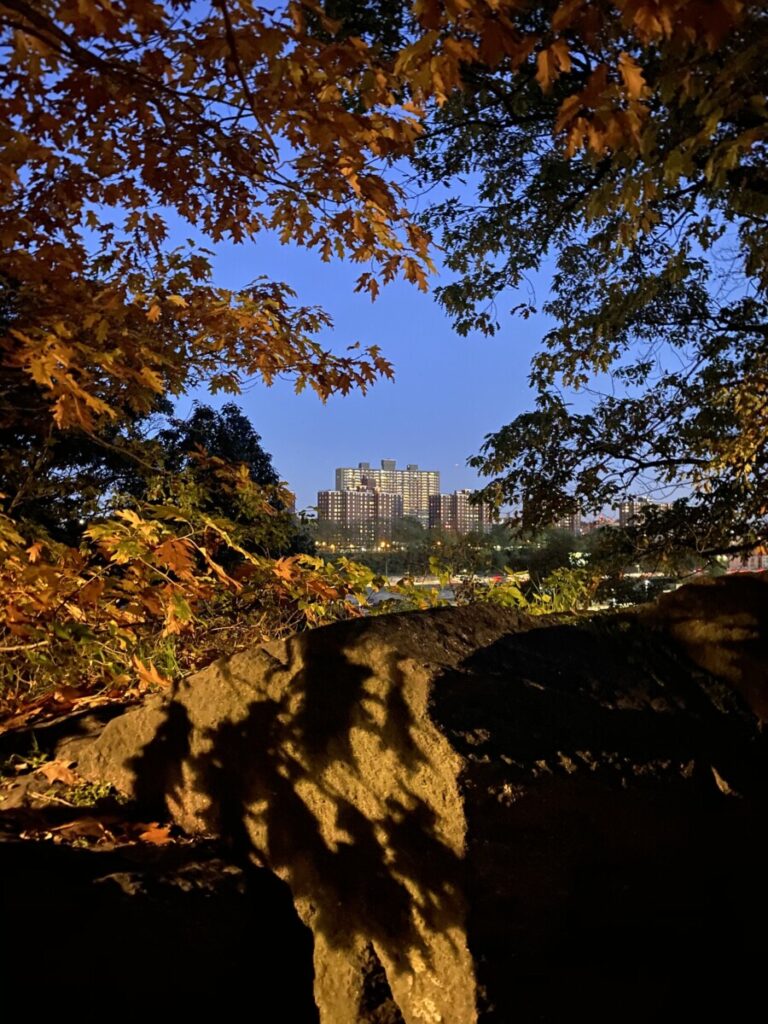
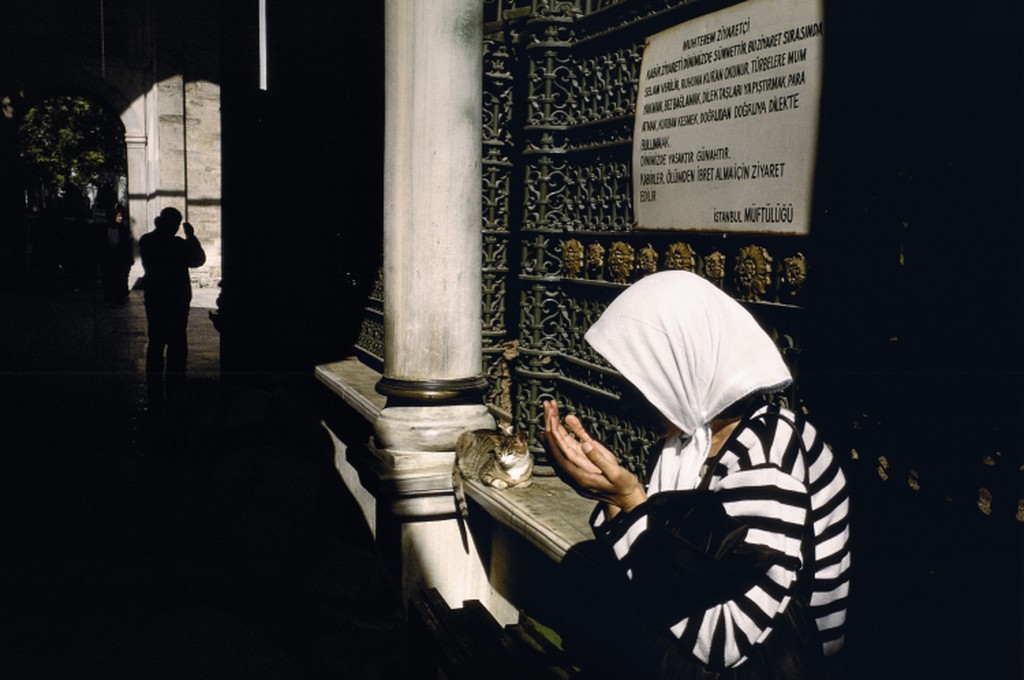
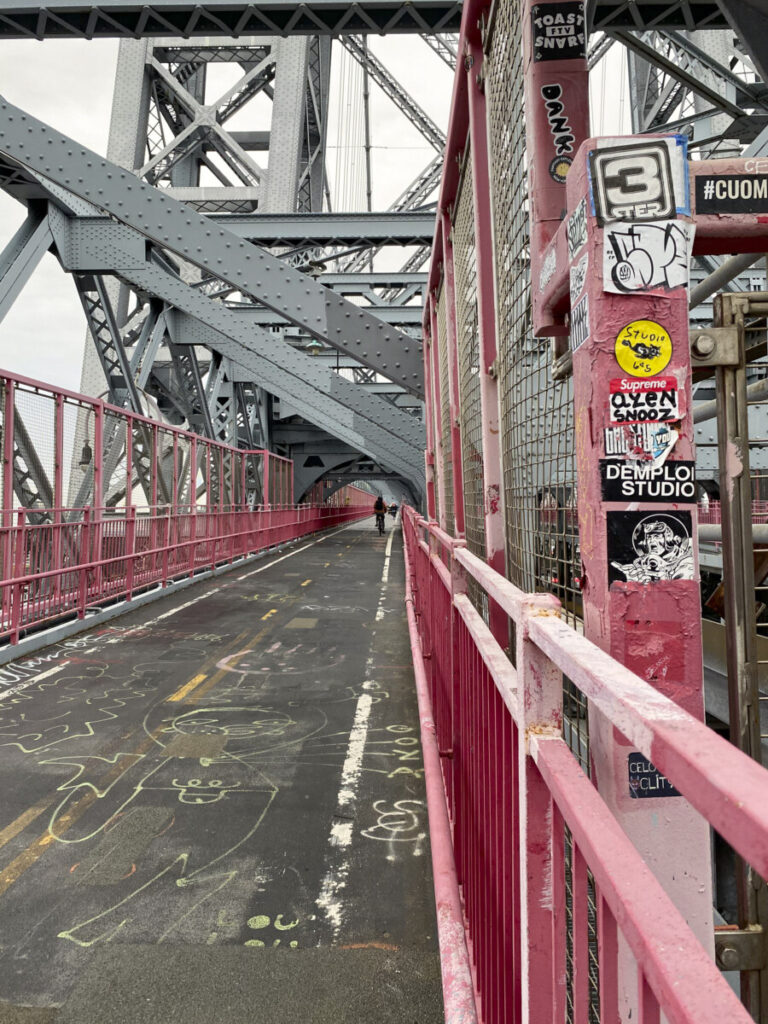
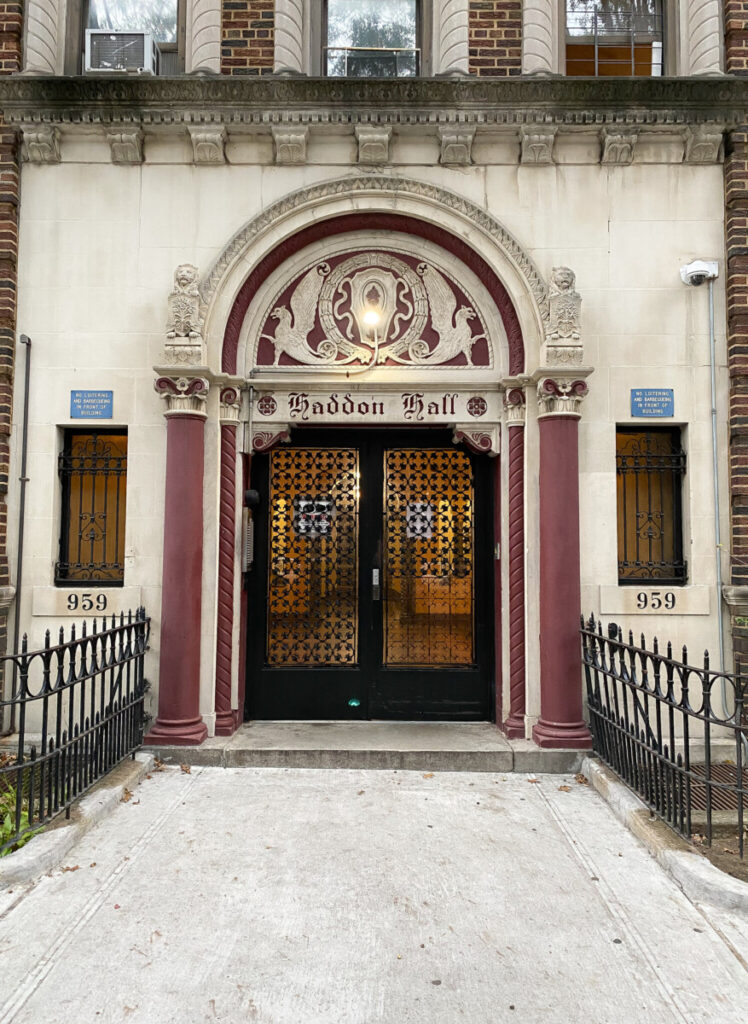
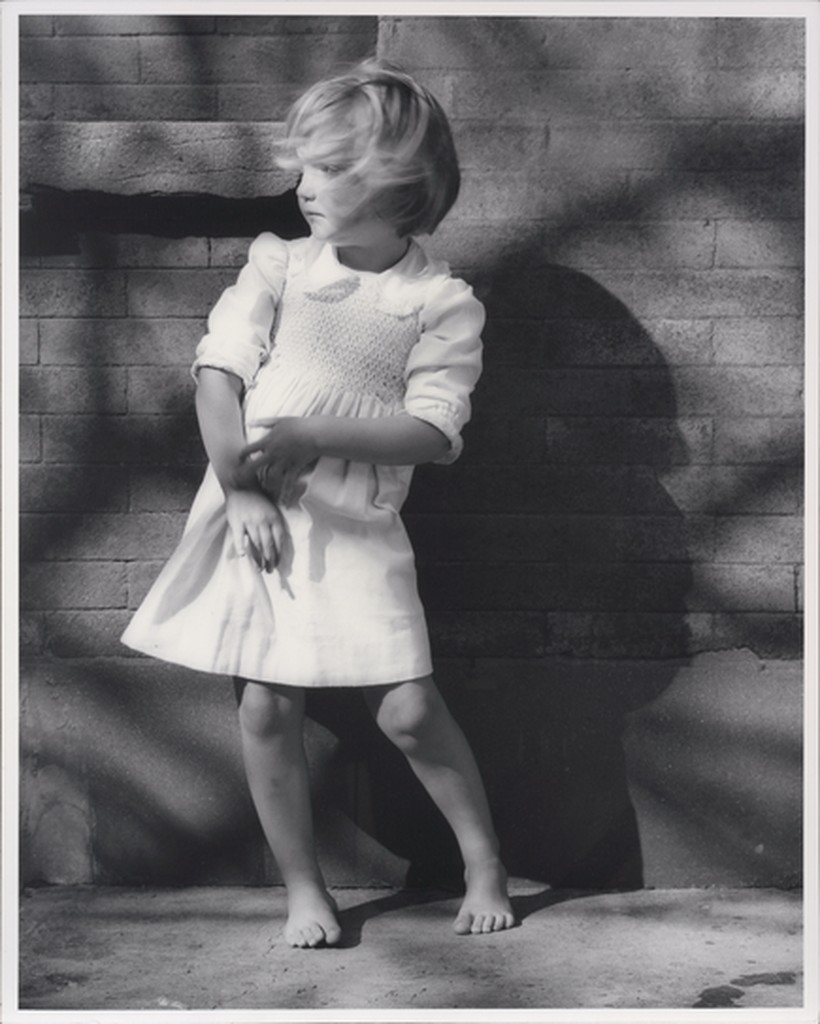
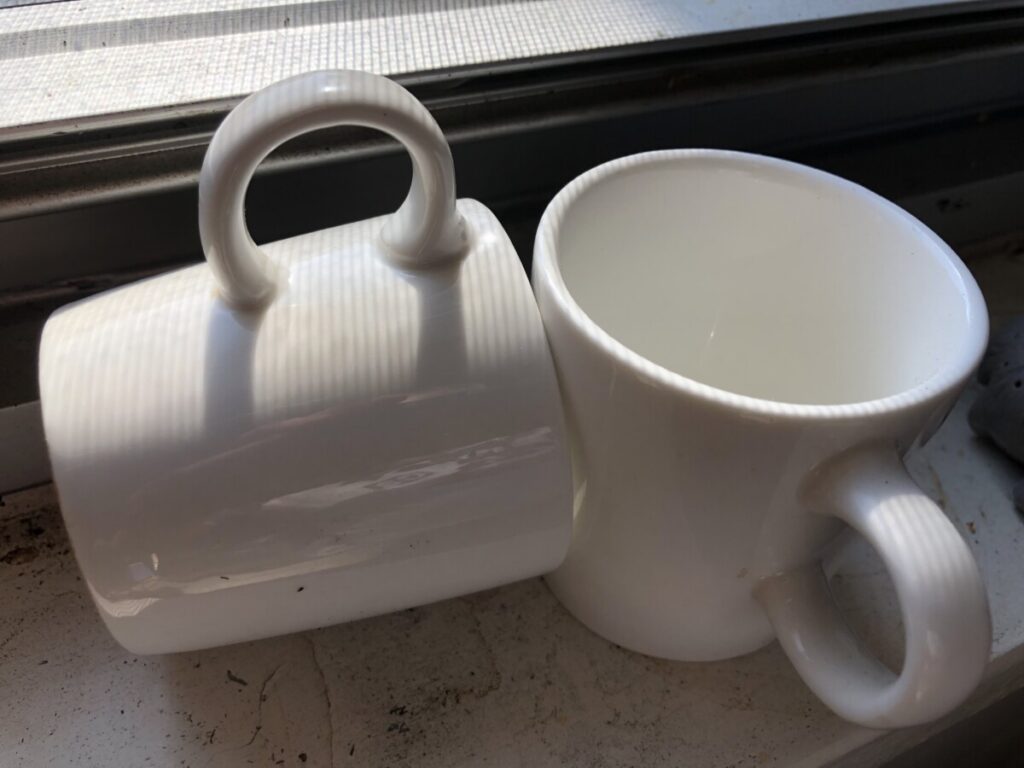
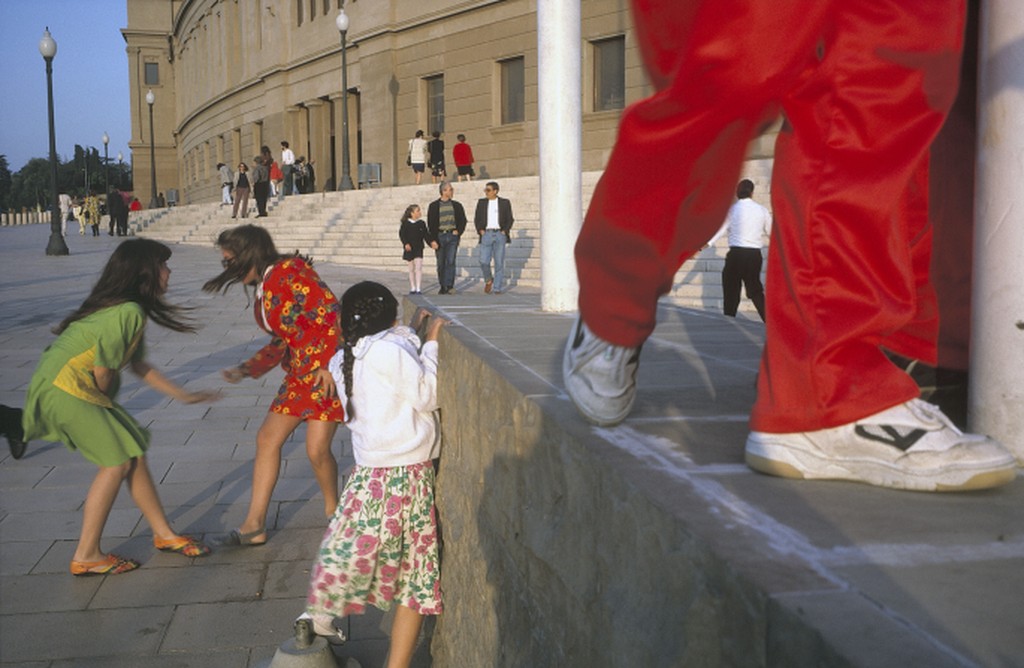
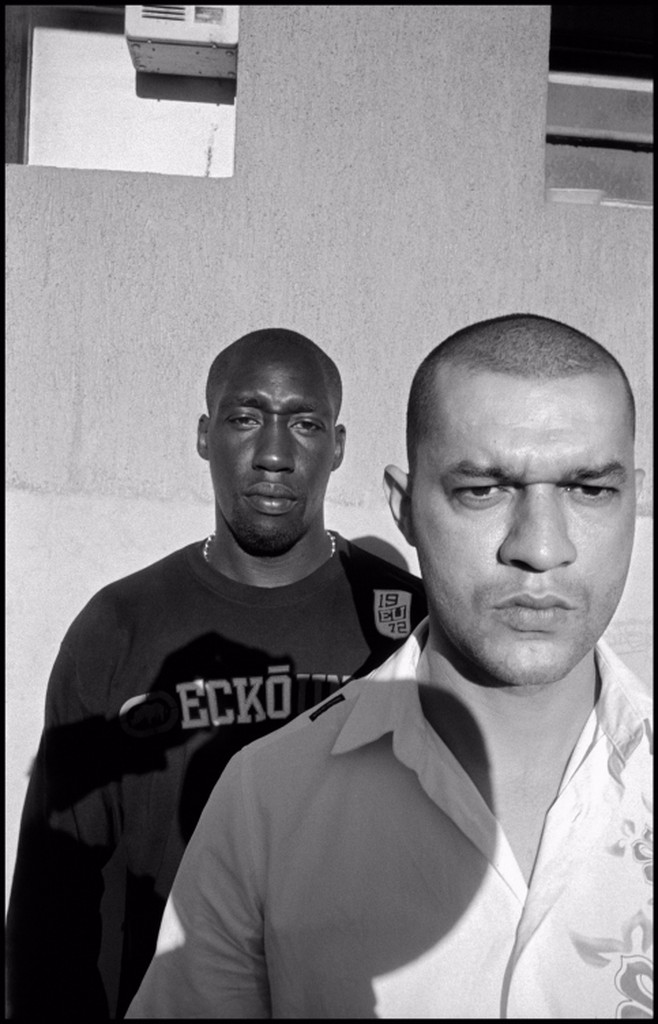
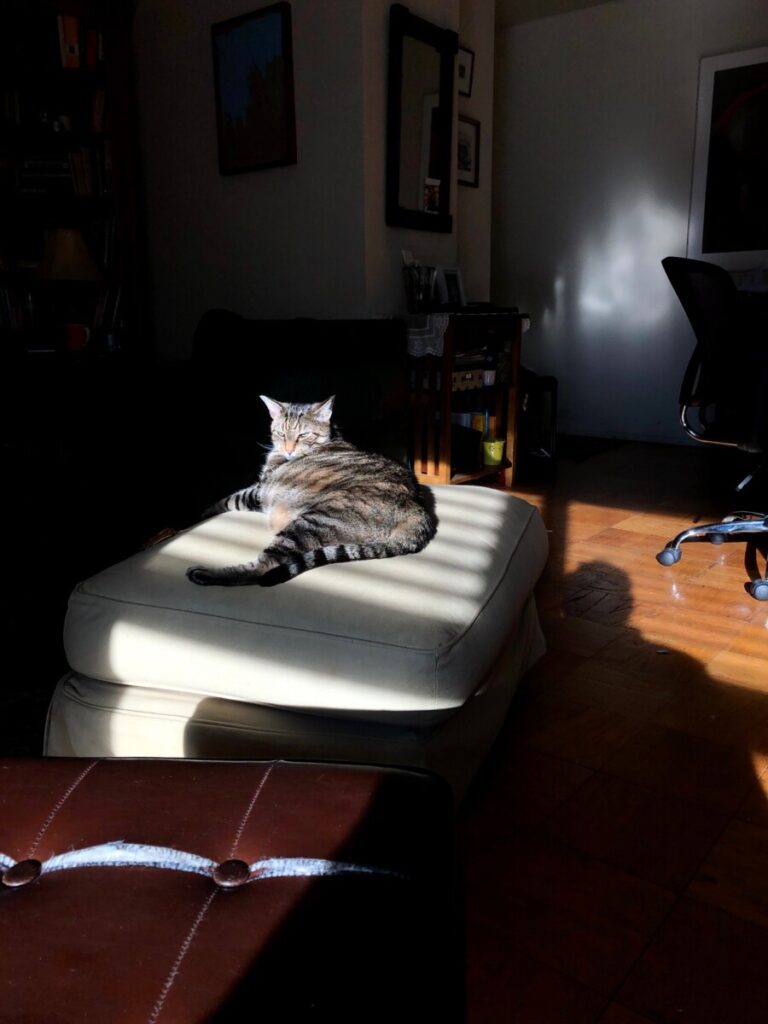
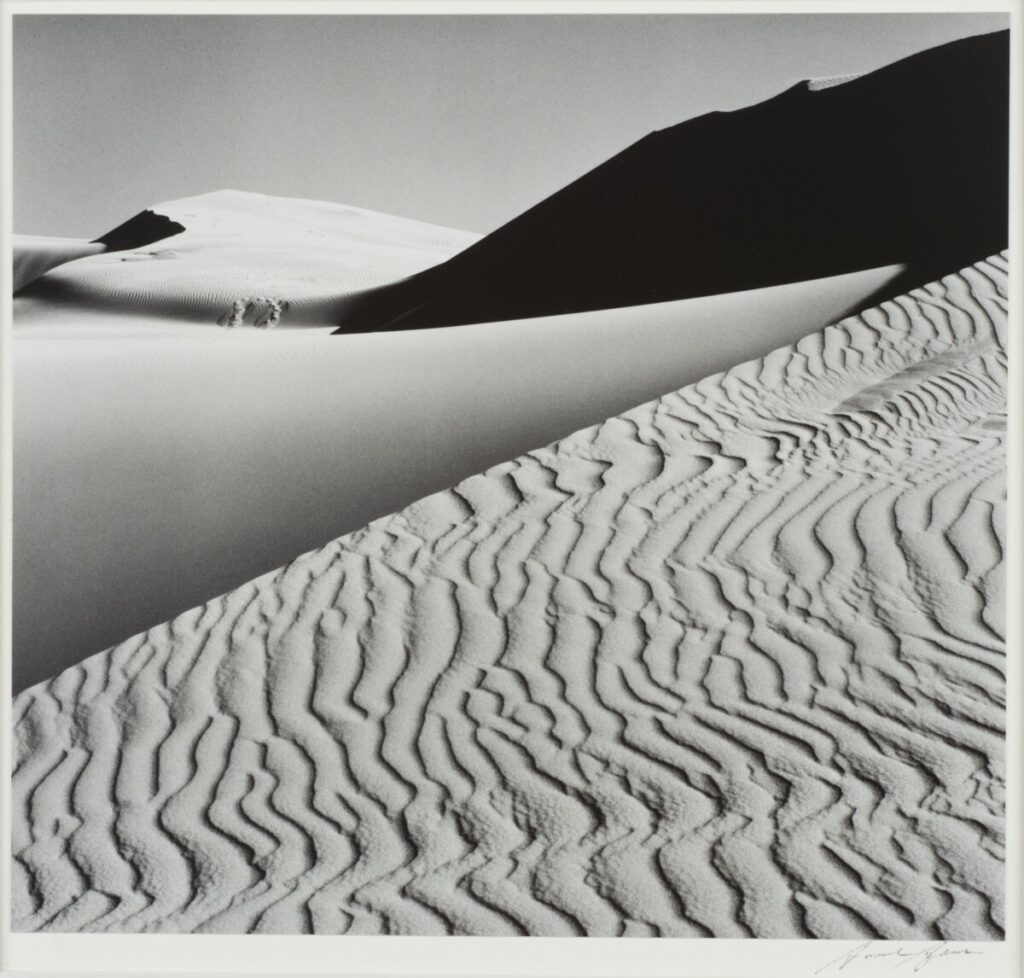
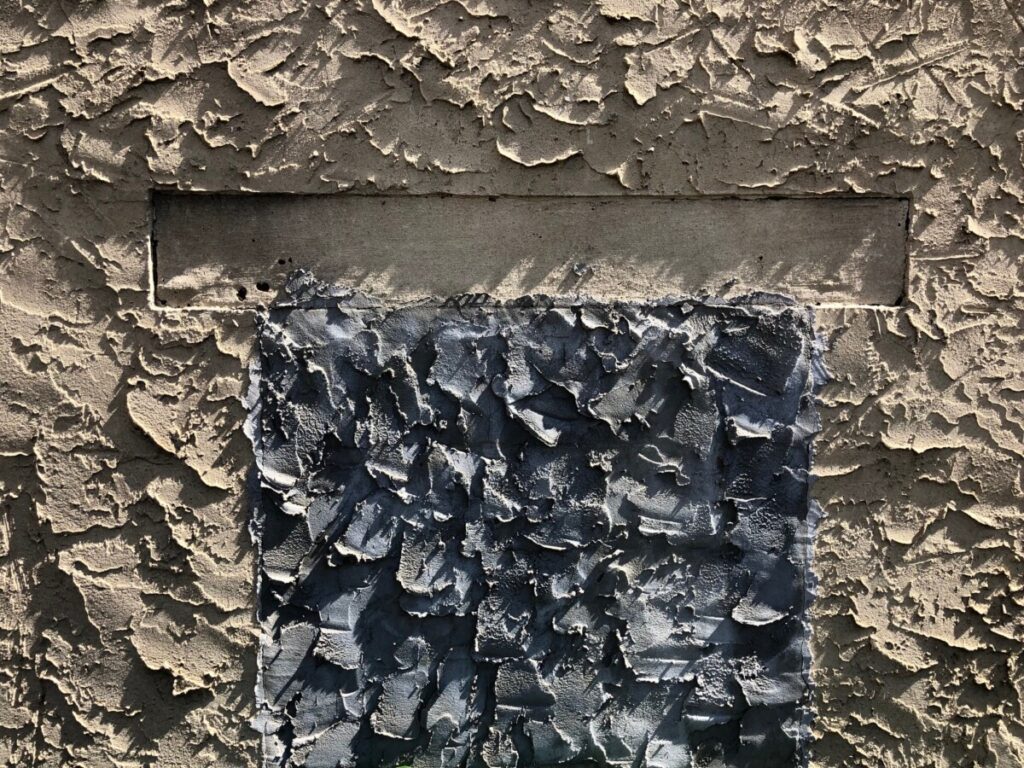
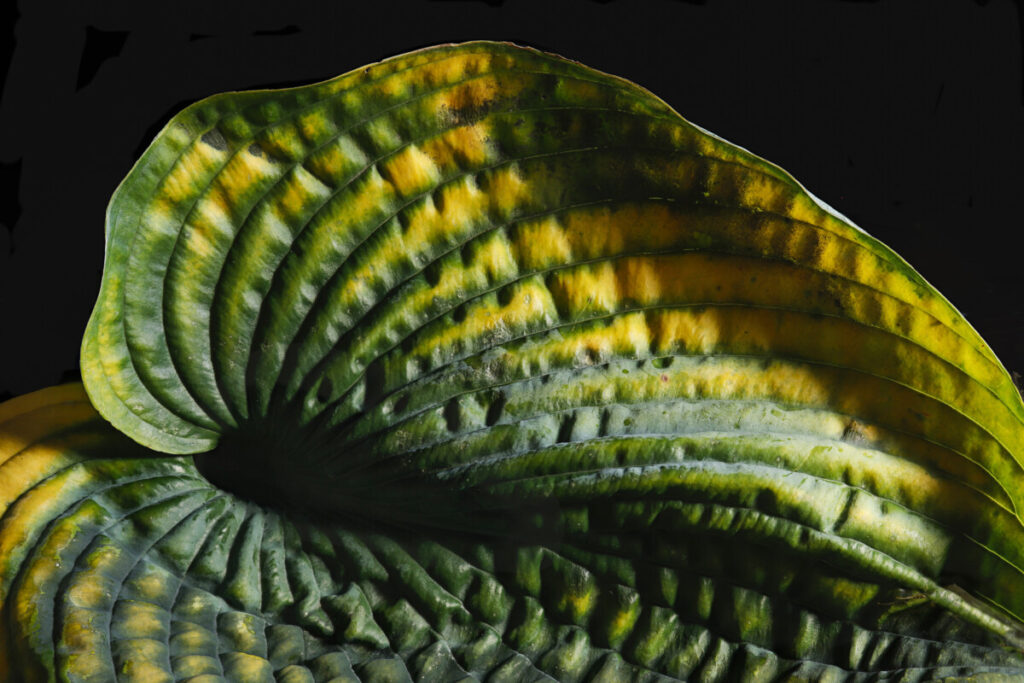
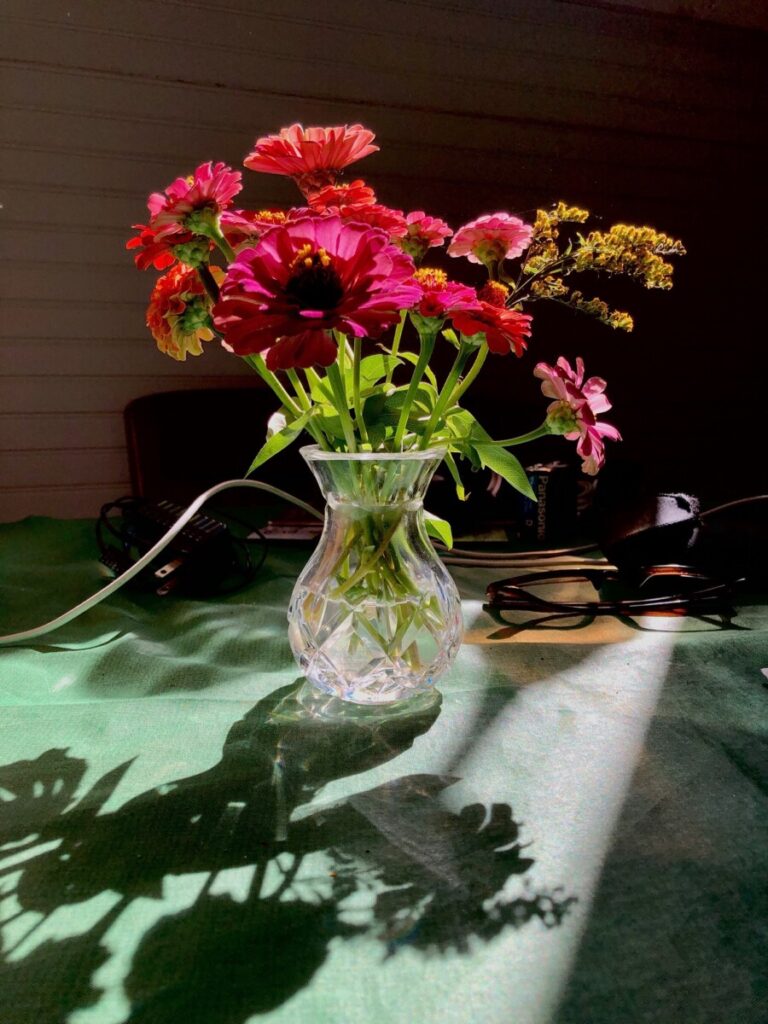
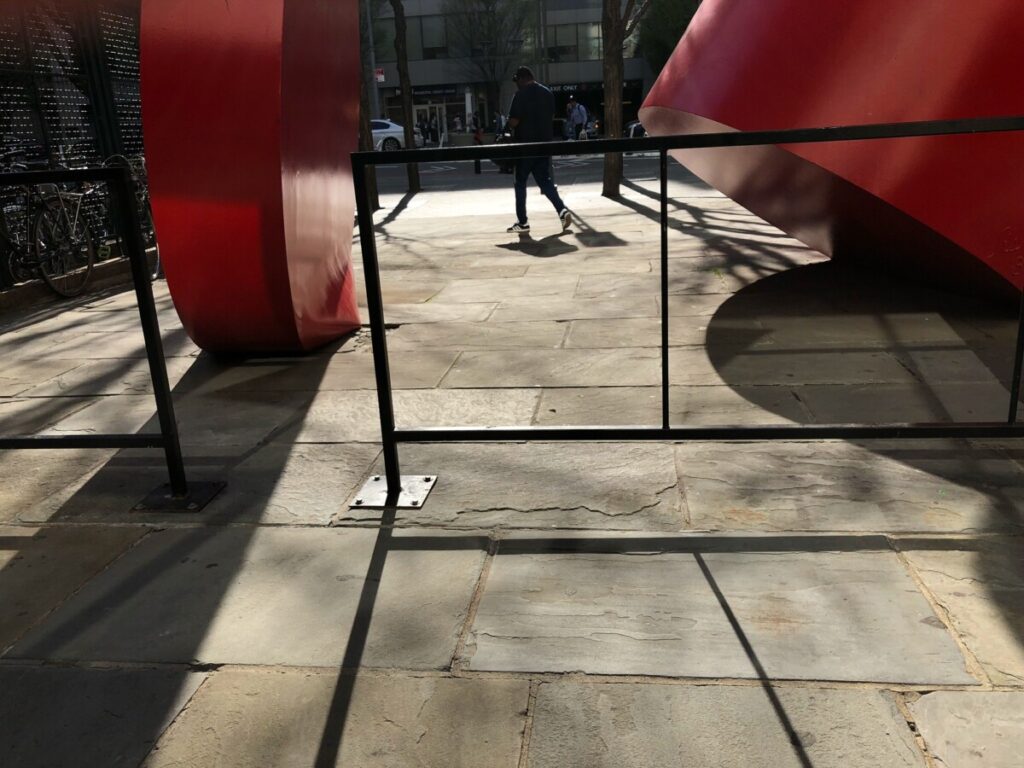




Recent Comments